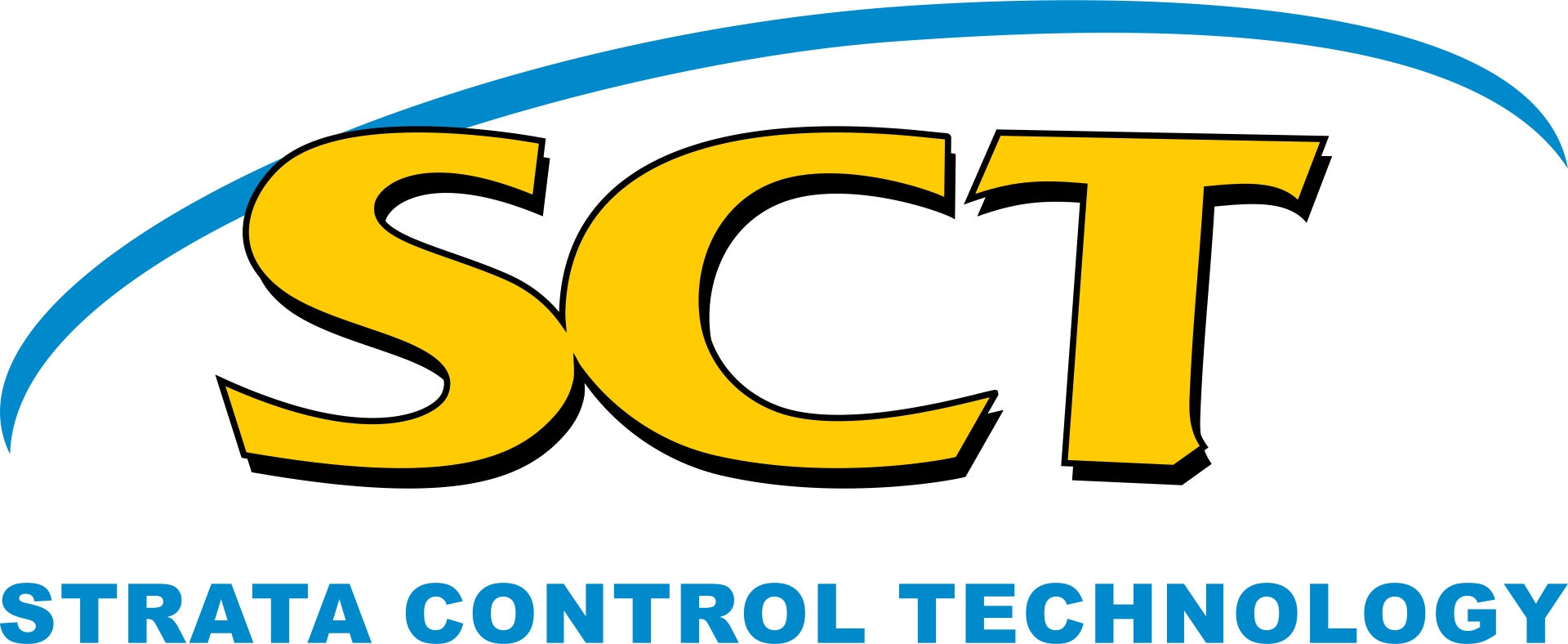Welcome to SCT's own publications library which contains a collection of recent publications and other resources with reliable research about our technology.
-
Experience of Using the ANZI Strain Cell in Exploration Boreholes to Determine the Three Dimensional Stresses at Depth - J.Puller, K.Mills
Published Sep, 2018This paper describes recent use of the ANZI (Australia, New Zealand Inflatable) strain cell and the overcoring method of stress relief in exploration boreholes to determine three dimensional in situ stresses at depths approaching 1km in a one-day operation. The results from each of the various stages of a routine overcoring operation are described to illustrate the information each step can provide. The results from an Australian site is presented to illustrate the opportunities to characterise the three dimensional in situ stress environment when multiple high confidence measurements are achieved. The ANZI strain cell is an instrument system that uses the overcoring method of stress relief to determine the three dimensional in situ stresses in rock. The instrument has been used successfully for over three decades in numerous underground mining and civil projects, but technical advances over the last decade have allowed the system to be deployed routinely in surface exploration boreholes. Recent development of a downhole high-precision data logger, a wireline enabled drilling system and an instrument deployment system has simplified the process of obtaining three dimensional overcore measurements remote from any underground excavation at depths approaching 1km. J.Puller-Experience-of-Using-the-ANZI-Strain-Cell-in-Exploration-Boreholes-to-Determine-the-Three-Dimensional-Stresses-at-Depth.pdf1.3 MB -
Experience of using the ANZI Strain Cell for stress change monitoring
Published Jan, 2015This Paper describes the ANZI (Australia, New Zealand Inflatable) strain cell and some examples of its application for stress change monitoring. The instrument has been used over the past three decades to measure three dimensional in situ stresses using the overcoring method of stress relief and monitor three dimensional stress changes in a range of applications mainly associated with underground coal mining, but also with civil and metalliferous mining projects.
The ANZI strain cell has a pressuremeter design that allow 18 electrical resistance strain gauges at various orientations to be pressure bonded directly to the rock on a borehole wall. The instrument's soft polyurethane membrane and hollow pressuremeter design have characteristics that facilitate deployment, enhance data gathering, and simplify analysis. Further recent developments that improve deployment and monitoring have increased the capability of the instrument. Automatic, remote, and high speed monitoring at resolutions of just a few microstrain has significantly improved the capability to measure and thereby understand the nature of changes in the three dimensional stress in rock strata around excavations in rock. EXPERIENCE-OF-USING-THE-ANZI-STRAIN-CELL-FOR-STRESS-CHANGE-MONITORING-KEN-MILLS-DAVE-SELMO-JESSE-PULLER-JIM-SIMONOVKSI-2015.pdf1.1 MB -
Experience of Using the ANZI Strain Cell for Three Dimensional In Situ Stress Determinations in Deep Exploration Boreholes - Ken Mills - Jesse Puller
Published Feb, 2014This paper describes the Australia, New Zealand Inflatable (ANZI) strain cell, its operation, and recent development for overcoring in exploration boreholes. The ANZI strain cell is an instrument system that uses the overcoring method of stress relief to determine the three-dimensional, in-situ stresses in rock. The instrument has been used successfully for over three decades in numerous underground mining and civil projects, but technical advances over the last decade or so have allowed the system to be deployed in surface exploration boreholes to greater depths than was previously possible. Recent development of a downhole electronic data logger, a wireline-enabled drilling system, and an instrument deployment system has simplified the process of obtaining three-dimensional overcore measurements at depths approaching 1km to a single shift operation.
The capability to deploy ANZI strain cells in surface exploration boreholes represents a significant breakthrough for the design of underground mines and underground excavations generally. Highconfidence characterisation of the in-situ stresses at the design stage provides the opportunity to design key infrastructure and mining systems to take advantage of the in-situ stress field from the outset before mining begins. Understanding the three-dimensional, insitu stress field not only provides a measure of the magnitude and direction of loads acting within the rock mass, it also provides insight into the mechanics of all the various processes driving ground deformations, including which geological fault structures are at limiting equilibrium. Experience-of-Using-the-ANZI-Strain-Cell-for-Three-Dimensional-In-Situ-Stress-Determinations-in-Deep-Exploration-Boreholes-2014.pdf2.6 MB -
ACG Deep Mining 2012 Stress Measurement Workshop - Ken Mills
Published Jan, 2012This paper describes the development of ANZI (Australia, New Zealand Inflatable) strain cell over the past three decades and the operation of the instrument including some examples of its application. The ANZI strain cell is used for measuring strain changes in rock on borehole walls suitable for estimating in situ stresses and stress changes. The instrument comprises a pressuremeter design that allows electrical resistance strain gauges to be pressure bonded directly to the rock on a borehole wall. The strain gauges are monitored during overcoring to obtain stress relief strains for estimation of the in situ stress. In monitoring applications, strain changes within a rock mass induced by mining and other construction activities are measured over time. ACG-Deep-Mining-2012-Stress-Measurement-Workshop-K.Mills-et-al-2012.pdf1.1 MB
